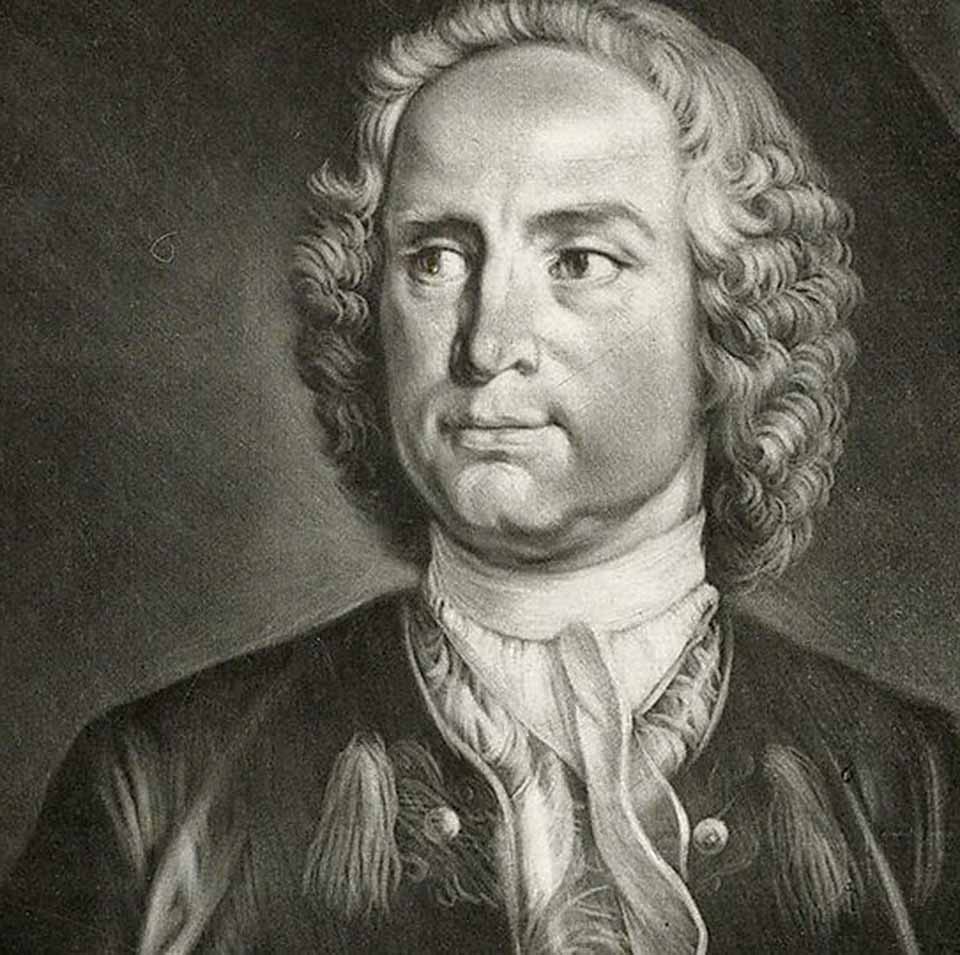
The late Baroque must have been an exciting and stimulating time to live in Italy, assuming you had the financial means to live a comfortable life, to travel where you wanted and had the right contacts who could get you into private concerts. At the time, Italy was a magnet for composers and musicians. There were dozens of composers working there to satisfy the musical needs of court and church and probably hundreds more who, through no fault of their own, have since fallen into oblivion. There were so many composers that historians usually divide them into groups depending on where they lived and worked. Many musicians headed for the cultural centres of Rome, Venice or Naples where there were usually employment opportunities.
Some of the most influential Italian Baroque composers were also violinists, one of the most popular instruments of the time. Rarely was it financially viable to live from composing (which is still the case today), so competence on the violin almost guaranteed regular work. Some of the most influential of the composer-violinists whose music is still performed were Corelli, Vivaldi, Tartini, Geminiani, Torelli and Locatelli. They were influential because not only did they extend the violin repertoire with remarkable music; they also wrote concertos that pushed forward the techniques of playing the instrument.
One of these people (and perhaps also one of the most interesting) was Pietro Antonio Locatelli. Today he’s remembered for his violin concertos and his works for string ensemble. We know almost nothing about his early life except that he was born in Bergamo, which is in North-East Italy about thirty miles from Milan. As a teenager, Locatelli moved to Rome and studied with several composers including Corelli. In 1721 Locatelli’s first collection of works for string ensemble was published in Amsterdam, one of the major centres of music publishing at the time. But here’s an interesting thing. In 1723, Locatelli left Italy on the start of a five year journey to the north. He was never to return to his native land. He gave many concerts and violin recitals en route and was also busy composing. Most of his music dates from these years. He eventually arrived in Amsterdam where much of his work was eventually published and remained in that city for the rest of his life. He was well-connected socially and lived in a comfortable house at 506 Prinsengracht, one of Amsterdam’s loveliest and oldest waterways, flanked by historic churches and museums.
Pietro Locatelli (1695-1764): Violin Concerto in D major (The Harmonic Labyrinth). Satu Vänskä (vln), Soloists of the Australian Chamber Orchestra (Duration: 19:49; Video: 1080p HD)
This is the final work in a set of twelve concerti collectively entitled L’arte del violin, published in 1733 after the composer had settled in Amsterdam. It’s scored for strings with the so-called basso continuo, which was used throughout the baroque and usually consisted of a harpsichord plus cello or double bass to provide the harmonic support and the bass line. In this performance, the basso continuo consists of a harpsichord, two cellos, a double bass and a guitar.
Each concerto makes difficult technical demands and the collection cemented Locatelli’s reputation as a pioneer of modern violin technique. The music is written in the relatively new Venetian style, and makes use of the violin’s highest register. There are many difficult technical demands ensuring that this work can be played only by the most advanced performers. Locatelli uses unusual bowing techniques which must have seemed quite startling and there are many passages in the concerto that must have perplexed contemporary listeners. But despite all this technical wizardry which the composer clearly enjoyed, the musical quality is equally impressive. There are attractive melodies, unusual chromatic effects, lively rhythmic sections and moments of high drama. It’s clear that this is a master at work.
The composer nicknamed the concerto Laberinto armonico (“harmonic labyrinth”) which reflects the daring harmonies which he sometimes uses. In his Amsterdam years, Locatelli gave few public performances but he performed this work in a recital in 1741. In the audience was an Englishman named Benjamin Tate, who later expressed his astonishment in a letter describing the concerto as “prodigiously difficult” and that Locatelli would play “for three hours together, without being in the least fatigued. “I never in my life.” he wrote, “saw a man play with so much ease.” And this indeed is a remarkable concerto, given a stunning performance by the Finnish violinist Satu Vänskä and these fine musicians from Australia. Do check out this video, for this must be one of the most unusual baroque concertos ever written.
 |
 |
 |





